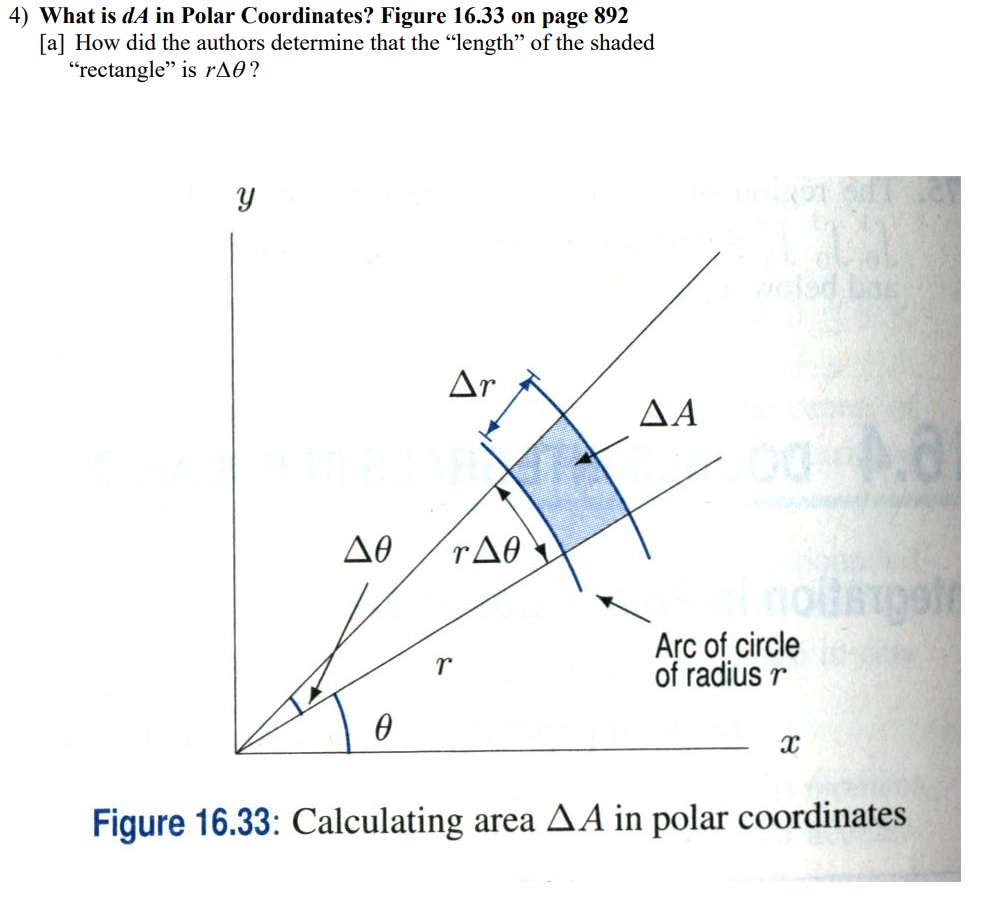

Working in polar coordinates requires the use of the plots command (typing ?polarplot as a command in Maple will take you to the Help page for more information). The angle measured from the positive real axis to the line segment is called the argument of the complex number, arg(z).Since the default coordinate system is the Cartesian (x,y) system, it’s necessary to specify when working in other coordinate systems. The length of the line segment that is the real axis is called the modulus of the complex number |z|. How are Magnitude and Argument in Polar Form of Complex Number related? Yes, the argument of a complex number can be negative, such as for -5+3i. Can the Argument in the Polar Form of a Complex Number be Negative? The argument of a complex number is generally represented as (2nπ + θ), where n is an integer whereas, the value of the principal argument is such that -π < θ ≤ π. The polar form of a complex number is z = r(cosθ+isinθ), whereas it rectangular form is z=a+bi, where r = √(a 2 + b 2) and θ = tan -1 (b/a) What is the Difference Between the Argument and Principal Argument in the Polar Form of a Complex Number? What is Rectangular Form and Polar form of Complex Number? The angle formed between the positive x-axis and the line joining a point with coordinates (x, y) of the complex number to the origin is called the argument of the complex number. The conversion formulas for polar to rectangular coordinates are given as x = r cosθ, y = r sinθ What is the Argument in Polar Form of Complex Number? The polar form of a complex number z = x + iy with coordinates (x, y) is given as z = r cosθ + i r sinθ = r (cosθ + i sinθ), where r = √(x 2 + y 2) and θ = tan -1 (y/x) How do you Convert the Polar Form of Complex Number to Rectangular form? In polar form, complex numbers are represented as the combination of the modulus r and argument θ of the complex number. π].įAQs on Polar Form of Complex Number What is the Polar Form of Complex Number?


In the figure above, we have cosθ = x/r sinθ = y/r ⇒ x = rcosθ, y = rsinθ. Consider a complex number A = x + i y in a two-dimensional coordinate system: The polar form is represented with the help of polar coordinates of real and imaginary numbers in the coordinate system.


 0 kommentar(er)
0 kommentar(er)
